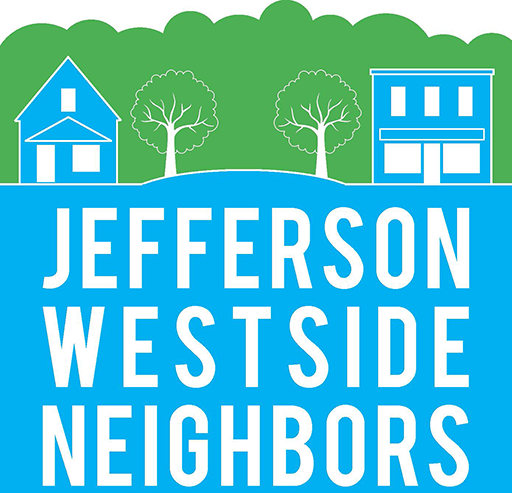JWN Executive Board Approves LEC Conestoga Hut Pilot
The JWN Executive Board has unanimously approved the pilot project to house 3 to 6 residents in the Conestoga huts at the Lane Events Center and it now goes to the Lane County Commissioners. The Executive Board based its decision on the overwhelming support of neighbors, the record of Community Supported Shelters (CSS) managing these sites, evidence of their efficacy, and a record that demonstrates such a facility does not result in a rise in illegal activity proximate to the site. The Executive Board feels that this project will, in a small way, help address the challenges of homelessness without negatively impacting the neighborhood.
Process
177 neighbors participated in our online survey, with 85% in favor across the neighborhood and 60% in favor who live the area directly adjacent to the proposed site. Seven neighbors submitted emails, in which four were in favor of the project.
The survey came at the end of a public process that included mailed notification of all JWN addresses via the Summer Newsletter, notifications via our monthly eNews, several special eNews Editions, and postings on our social media and website. A public meeting on the project took place in September at the Lane Events Center and a discussion was held at the JWN October General Meeting. In addition, flyers were distributed in are areas directly adjacent to the proposed site notifying neighbors of the survey and providing a url.
Some neighbors expressed some specific concerns. While we cannot address each individual comment, we would make the following points:
- The pilot site is not a homeless camp and is limited to those in the Community Supported Shelters program. There will be no tents, just 3 very neat and self-contained Conestoga huts actively monitored by Community Supported Shelters (CSS), who provide sanitation and garbage collection.
- Residents are carefully selected and have at least 10 months successfully participating in the CSS program.
- CSS managed site have not resulted in a rise in crime or illegal camping proximate to these sites. In fact, the experience with Conestoga hut sites like this is a reduction in illegal activity.
- Three to six new people in the neighborhood will not constitute a parking problem, as they generally do not have cars.
- The proposed site is on the fairgrounds property and residents will have to abide by fairground management rules, which are quite strict.
- The Conestoga huts will be moved for 3 weeks around and during the annual county fair.
One neighbor has offered to do laundry for our new neighbors.
This is a pilot project to get, at least, a few people in shelters. If there are any concerns, you are invited to contact us at jwneugene@gmail.com. More people in sanctioned organized shelter means fewer people camping on our streets.
